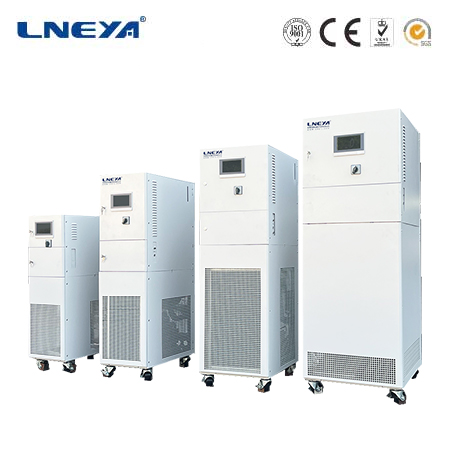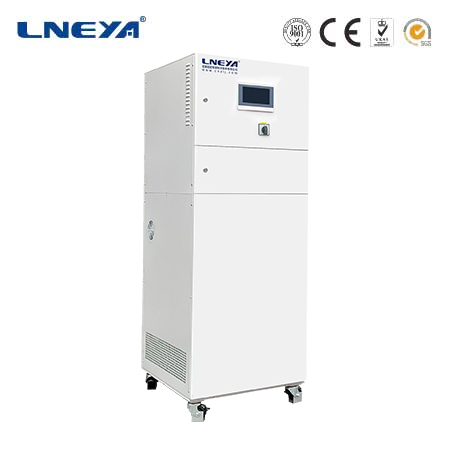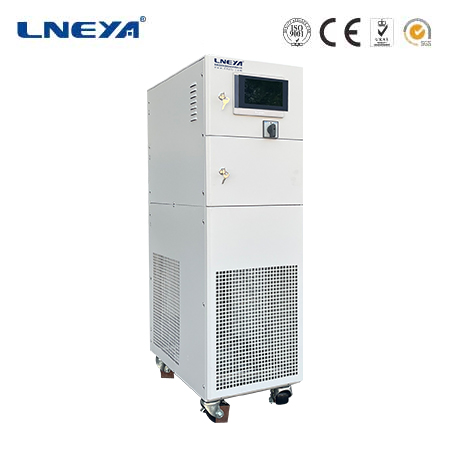water cooled chiller installation
Water-Cooled Chiller Installation: A Comprehensive Guide
The installation of a water-cooled chiller is a complex process that requires careful planning and execution to ensure the system operates efficiently and reliably. This article outlines the key steps and considerations for installing water-cooled chillers, drawing on industry guidelines and best practices.

Foundation and Positioning
The first step in installing a water-cooled chiller is to inspect the foundation and ensure it meets the requirements specified by the manufacturer. The base should be smooth and level, with the chiller positioned according to the construction drawings. The vertical and horizontal center lines of the equipment foundation are crucial for proper alignment. Once the chiller is in place, it must be leveled to ensure the vertical and horizontal deviations do not exceed the manufacturer’s specifications, typically not more than 1‰.
Mechanical Assembly
After the chiller is properly positioned and leveled, the mechanical assembly can begin. This includes connecting the chilled water pipe and cooling water pipe with flexible parts and independent support to prevent distortion or vibration. It is essential to connect the pipes according to the marks on the unit and refer to the general diagram for the piping pattern. Shock pads can be added to the pipe supporters to reduce vibration.

Electrical Installation
The electrical setup is a critical part of the installation process. The unit must be supplied with the proper voltage, and power spikes must be protected against. Copper wire should be used, and the size and type must comply with local and national codes. The unit must also be properly grounded at the provided grounding lug.
Safety and Environmental Considerations
Safety is paramount during the installation process. Personnel servicing water-cooled chillers must have the appropriate certifications, such as a minimum Class II EPA certification. Additionally, the equipment must not be installed near an open flame per local codes and ASHRAE specifications. It is also important to follow the manufacturer’s guidelines regarding the environment and conditions suitable for the chiller’s operation.
Piping and Flow Protection
Proper piping is essential for the chiller’s performance. Pressure relief piping and water treatment specifications must be adhered to, as well as pipe flushing to ensure the system is free from debris. Flow sensing devices, such as flow switches or differential pressure switches with pump interlocks, must be installed to sense system water flow. These devices help protect the chiller by stopping or preventing compressor operation if the water flow drops below the required minimum.

Commissioning and Startup
Before starting the chiller, it is essential to perform a thorough commissioning process. This includes checking the oil level in the compressor sight glasses, flushing all piping lines, and filling the reservoir with the appropriate mixture of propylene glycol. The chiller should be started with all service valves open, and the set points on the controller adjusted to the desired temperature.
Maintenance and Ongoing Management
Proper installation is only the first step in ensuring the long-term performance of a water-cooled chiller. Ongoing maintenance, including regular inspections and cleaning, is crucial to prevent issues such as rust, corrosion, and refrigerant leaks. A daily log should be kept to track the chiller’s performance and any maintenance activities.
Conclusion
The installation of a water-cooled chiller is a multifaceted process that requires attention to detail and adherence to manufacturer guidelines. By following the steps outlined in this article and working with qualified professionals, you can ensure that your water-cooled chiller is installed correctly and will provide efficient cooling for your industrial or commercial application. Proper installation not only ensures the chiller’s performance but also protects the investment by maintaining the equipment’s warranty and longevity.
Related recommendations
small portable water chiller units
662Small Portable Water Chiller Units: Versatility in Cooling Solutions Small portable water chiller units are increasingly popular in various industries for their ability to provide precise tempe...
View detailswater bath circulator heater
515Water Bath Circulator Heaters: Precise Temperature Control for Diverse Applications Water bath circulator heaters are advanced laboratory tools that provide both heating and circulation of wate...
View detailschiller range
480Understanding the Chiller Range The chiller range encompasses a variety of cooling systems that are crucial for temperature control in numerous industrial applications. Chillers, also known as ...
View detailselectric heaters for liquid
328Electric Heaters for Liquid Electric heaters for liquid are essential equipment in many industries and applications where there is a need to increase the temperature of various liquids. They op...
View details
 LNEYA Thermal Test Chillers
LNEYA Thermal Test Chillers






HelloPlease log in